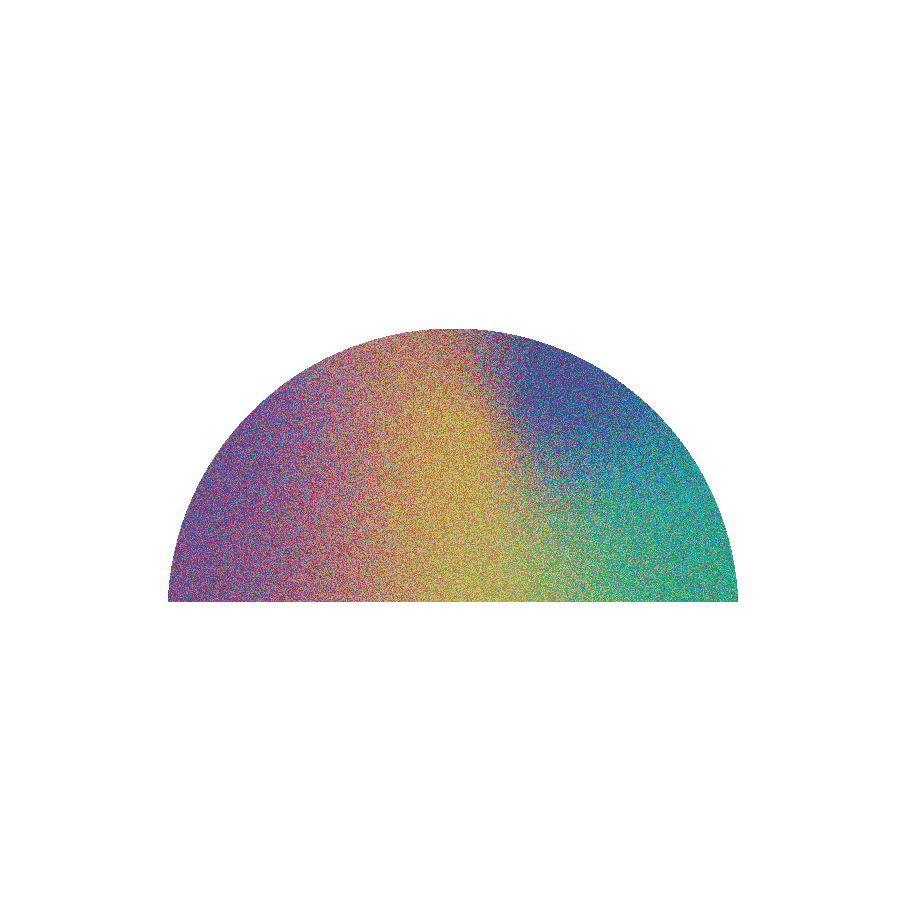one hour yoga classes led by yours truly archived from october 2020- march 2021
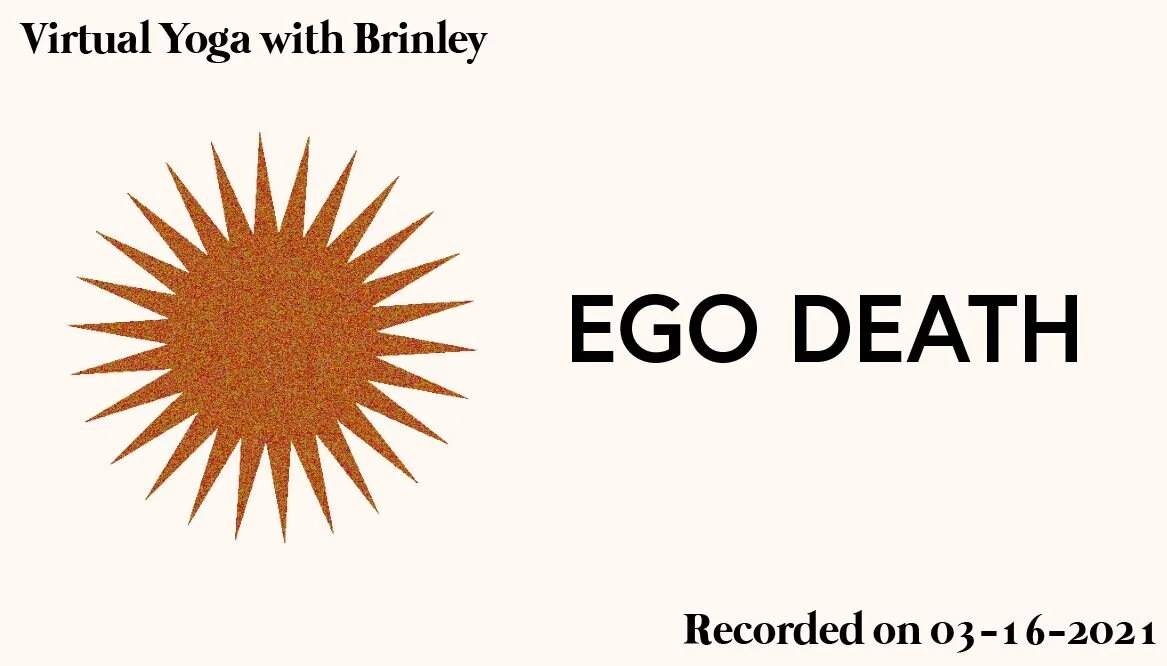
During this flow we will try to kill our ego. Our ego is what separates us from the rest of the world—it causes division, confusion and can lead to superiority complexes. It is what frames the stories we tell about ourselves, and leads us to believe that some people may be greater or lesser than others.
We may not actually experience a full ego death tonight, but we can start dissolving its power and reach beyond it to see how we can operate from a place of unity and connection: to other people, to the planet, and to a divine source. It helps us surrender what is not in our true nature so that we can operate from a place of authenticity and embrace experimentation.
It may be helpful to have a block or something similar for this practice, such as a bolster pillow, stack of books, or folded up blanket.

Generate warmth and heat in this practice, focus your energy, and learn the benefits of engaging the uddiyana bandha, or navel lock. This helps strengthen your core, play with the contrast of discipline and freedom in your practice, and activate a sense of mastery and willpower. The uddiyana bandha draws prana to the heart, purifying your solar plexus chakra, the source of your power. This massages your organs and improves digestion. If at all possible try not to consume any food for 2-3 hours before taking this class.

Dharana means ‘focused concentration’. Dha means ‘holding or maintaining’, and Ana means ‘other’ or ‘something else’. In this class we'll flow through an asana and pranayama practice to prepare us for a concentrated meditative state near the end of our time together. Instead of trying to empty the mind, we are trying to train it to be so absorbed with one thing that we lose our sense of time, space, and of our Self. This helps us balance the states of our mind, ego, and intellect so that we can know and achieve our purpose in service to the Divine.
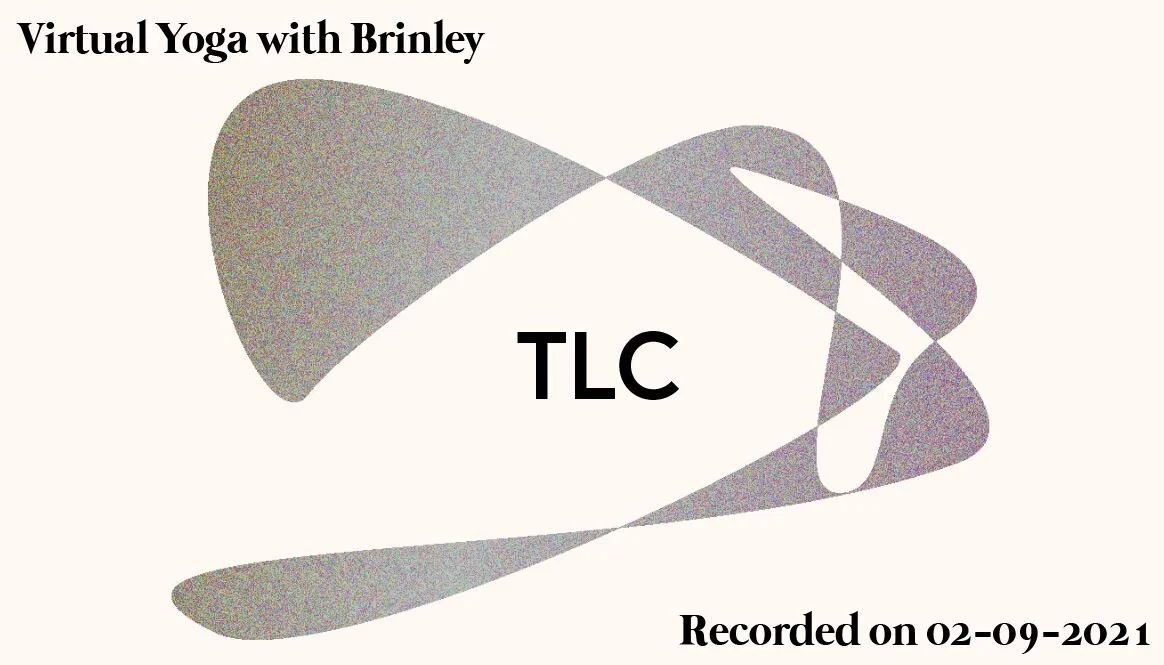
Take some time for a nurturing and restorative practice to cultivate an inner sense of peace and love for your self. We'll learn how to do a few self-massage tricks and then gently move through poses with slowness, depth and intention.
Grab a blanket and bolster pillow, or some kind of replacement like another rolled up blanket, towel, or couch cushion, with you before you begin this practice.

Prana means life force or energy, and is moved through us with the breath. Often during moments of stress or confusion, our breath unconsciously becomes shallow and short. By deepening, prolonging, and sometimes retaining the breath, we can loosen up energy blocks being held in our body. In this flow we’ll learn a few different breathing techniques and their purposes, as well as working on some hip openers and lower back stretches.

In this practice we will be talking to our mind as we move through poses, and process how we can practice right intuitive discrimination. We will ask what we want, what we need, and learn how to listen. Viveka helps us determine what is real/ unreal, permanent/ transient, right/ wrong, and invites the hidden to come forward.

In this class we will be centering a practice around our drishti, or gaze, and the third eye or ajna chakra.
We take in a lot of information with our eyes: often what we see shapes our thoughts, which then molds our reality. Our modern currency is driven by screens: we are constantly receiving messages through our phones, television, and our computers that tell us how to look, what to buy, and what media to consume. We are taught through both subtle and overt advertising how our appearance shapes the interactions we have with other people. But our third eye sees beyond the surface level of this imagery presented to us, allowing us to go deeper into understanding and clarity.
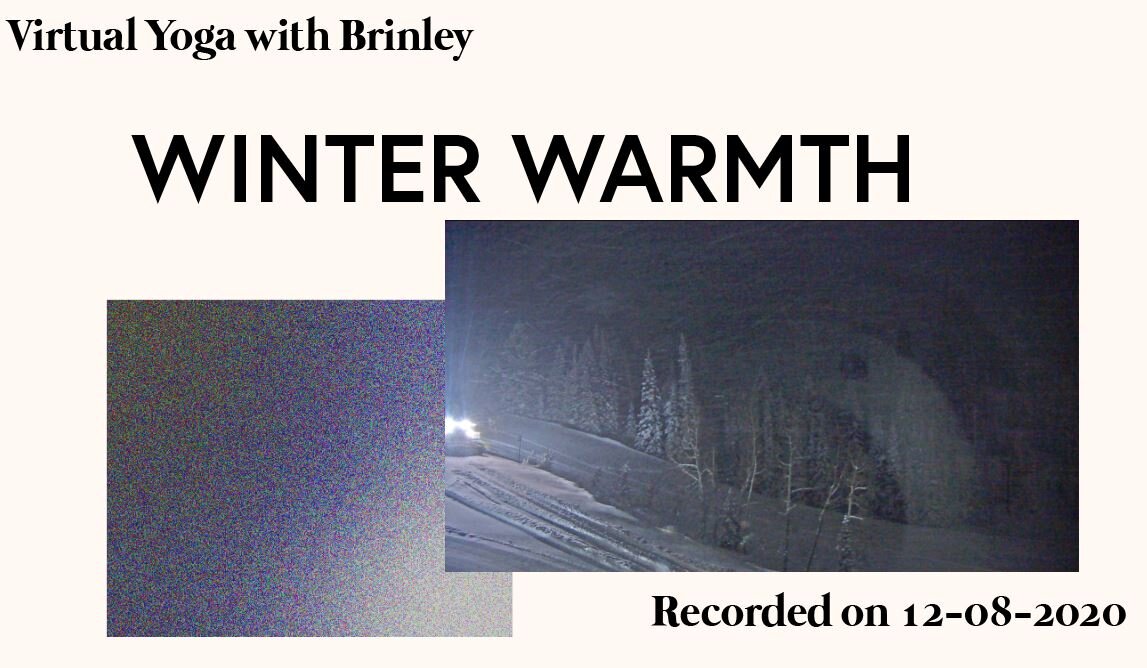
Practice activating poses for the winter to keep your body, spirit and mind warm through the cold. These are poses that help open the chest, stretch the throat, drain the sinuses, and relieve congestion of the chest. I'll also share some ayurvedic tips to maintain a positive outlook and pacify the kapha qualities of this season.
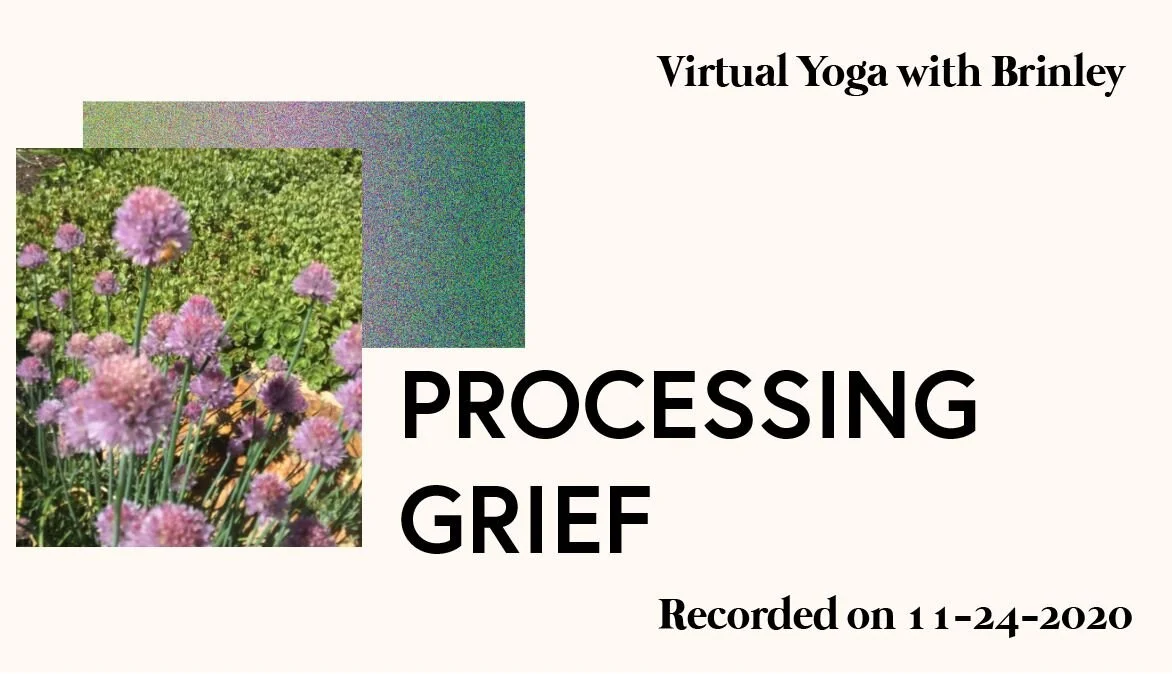
In this class, we’ll be moving through poses to help us process grief. This year alone I lost my grandpa and two friends, and I feel like I’m swimming in this collective mourning that we’re all trying to figure out how to navigate. Tonight we’re going to focus on the heart center, or anahata chakra, and help open up our chest and upper back, while opening our airways to help our breathing.
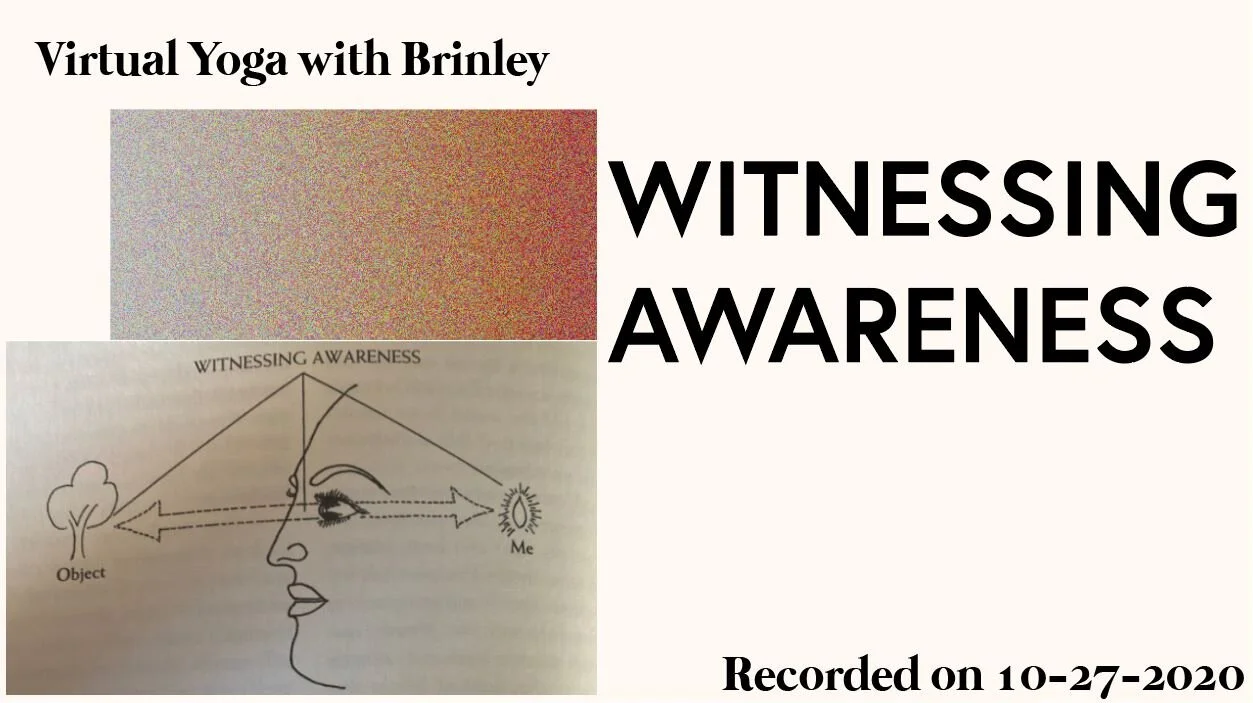
We'll practice in a way that will warm us up from the inside out, and then soothe ourselves with a meditation and breathing practice at the end. It'll be nice to have a blanket and some kind of bolster pillow to sit on if you have something around.
We're going to learn more about witnessing awareness, or the double arrowed perception. The poses we take will help us tap into our third eye chakra to increase discernment.
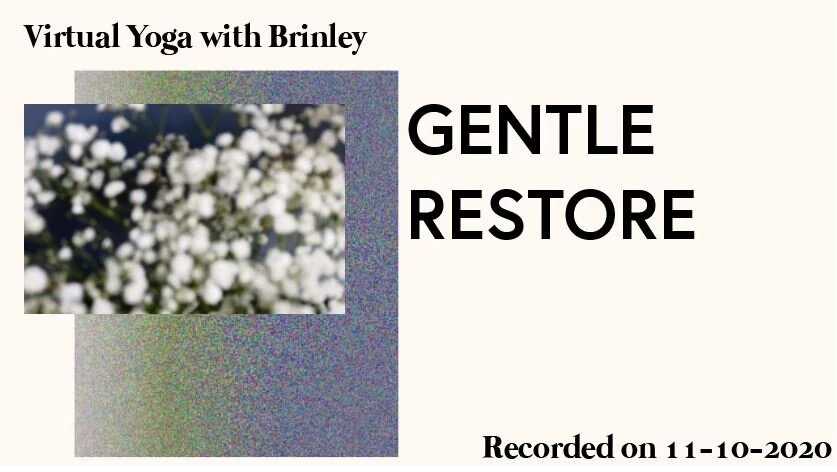
In this class we'll take it easy with some gentle, restorative poses. This helps us activate our parasympathetic nervous system, promote self-love, and sooth ourselves from the intensity of anxiety. Since this was recorded while it was dark at the start time, we'll also be starting our classes with moon salutations to embrace the dark season ahead.

During this flow, we’ll move with the breath and learn more about how we can use discipline as a tool of liberation. The sanskrit root of tapas is tap, which means to blaze, burn, shine, or consume by heat. This involves self-purification and mastery to help us define and achieve our goals, which illuminates our life. Using tapas helps us strengthen the body, mind and character so that we can gain wisdom and integrity, and interact with straightforwardness and simplicity.

This practice focuses on grounding and centering. Mula in sanskrit means root, and is practiced in yoga through centering the muladhara chakra and engaging the mulabandha. As we connect more to our physical body and surroundings, we'll focus on stretching and relaxing the feet, legs, and pelvic floor.

This practice flows through some gentle back openers and spine stretches while learning more about the concept of seva and social justice in yoga. Yoga is not just about the self, but about systems, too, and can be used as a tool for social transformation. Put your knowledge into action so that others know what you know; put your power into action so that others have the same rights you have; use the care you have for yourself to care for others.
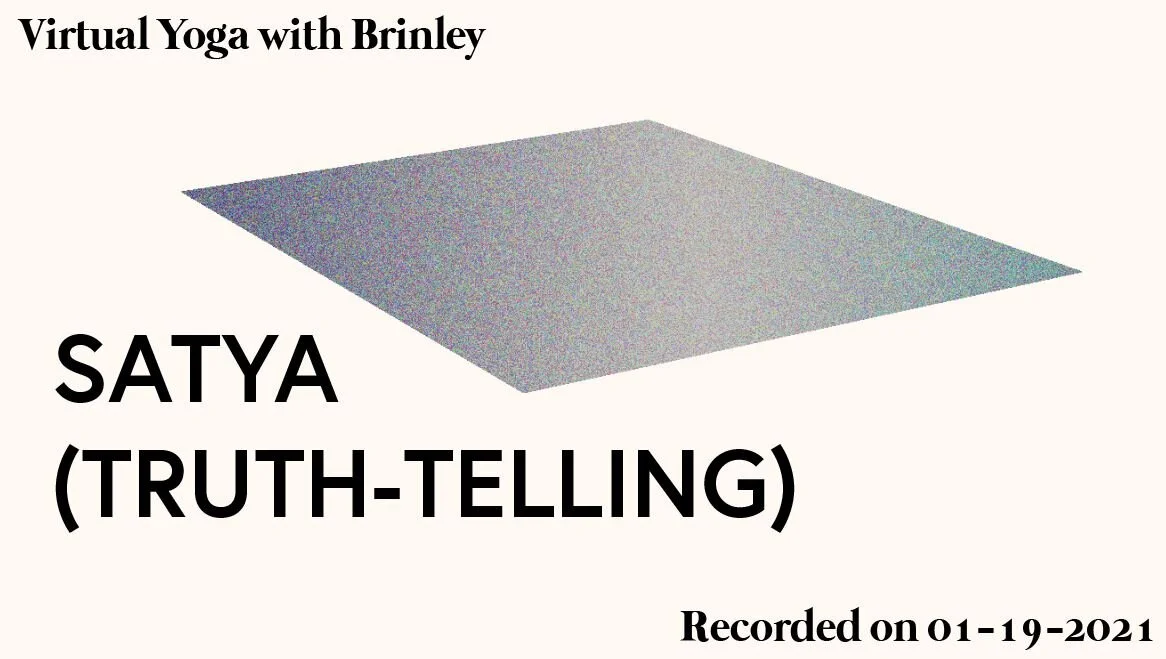
This class focuses on the theme of satya, or truth-telling. There will always be moments in our life that call on us to speak the truth, even when it feels uncomfortable. As we flow through poses and meditate, we will practice how we can listen to messages hidden underneath the surface, and use our voice to advocate authentically for ourselves and others.
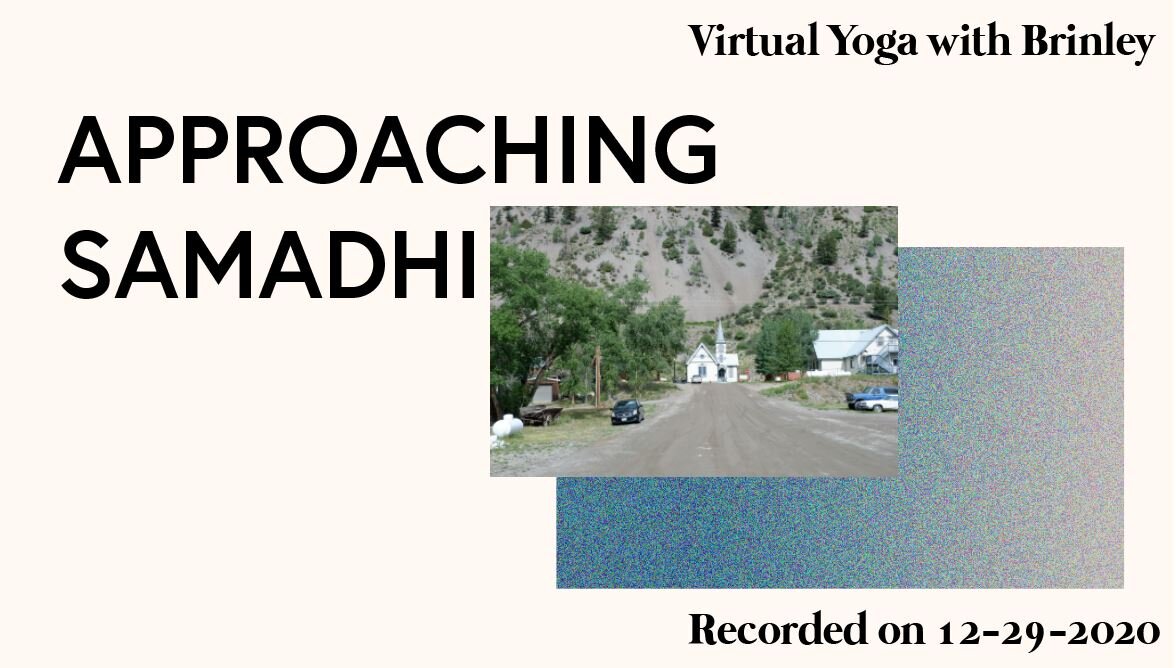
The eighth of the 8 limbs of yoga, samadhi, is the supreme state of bliss, or divine ecstasy. The ultimate goal in yoga is to find this feeling of peace, which is beyond language, where you merge with the universe. This is the experience of full consciousness and supreme joy, and to me signifies a great practice to approach to round out the year before we embrace a new one.
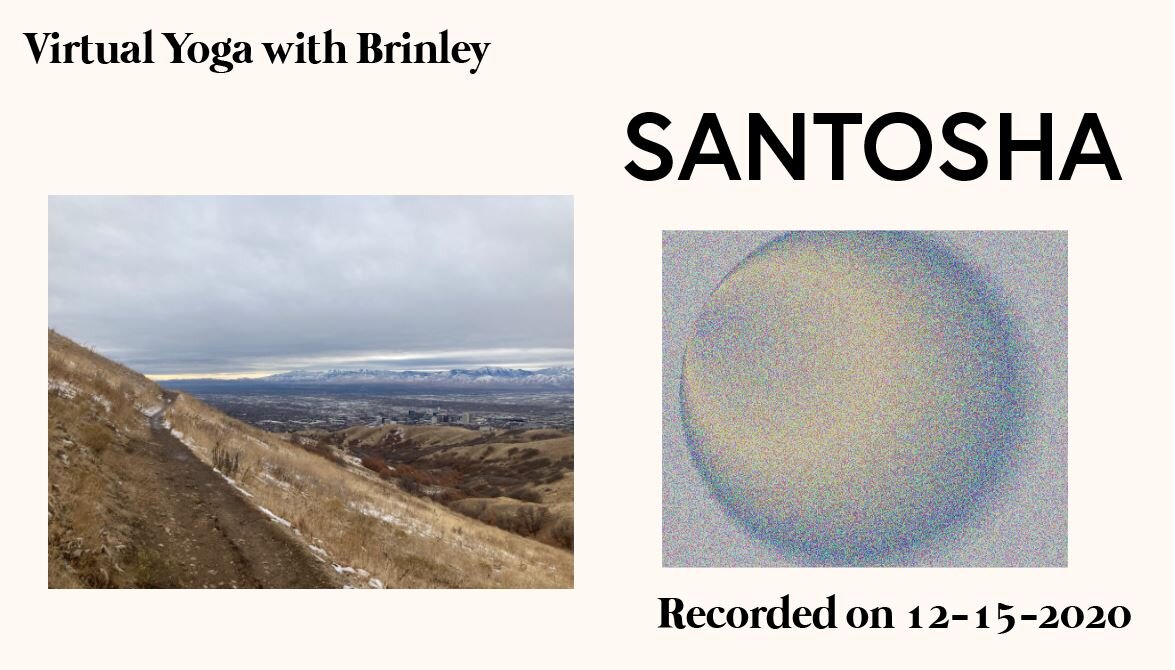
In this class we will be learning about santosha - or satisfaction and contentment. It is one of the niyamas or observances in yogic philosophy, which is one of the 8 limbs of yoga (asanas, or poses, being another one of the eight). It's about finding the inner peace and happiness within ourselves, rather than relying on external sources, like people or possessions, to fulfil our desires.
It may be helpful to have a block or similar alternative to offer support during a balancing pose such as a box or tupperware.
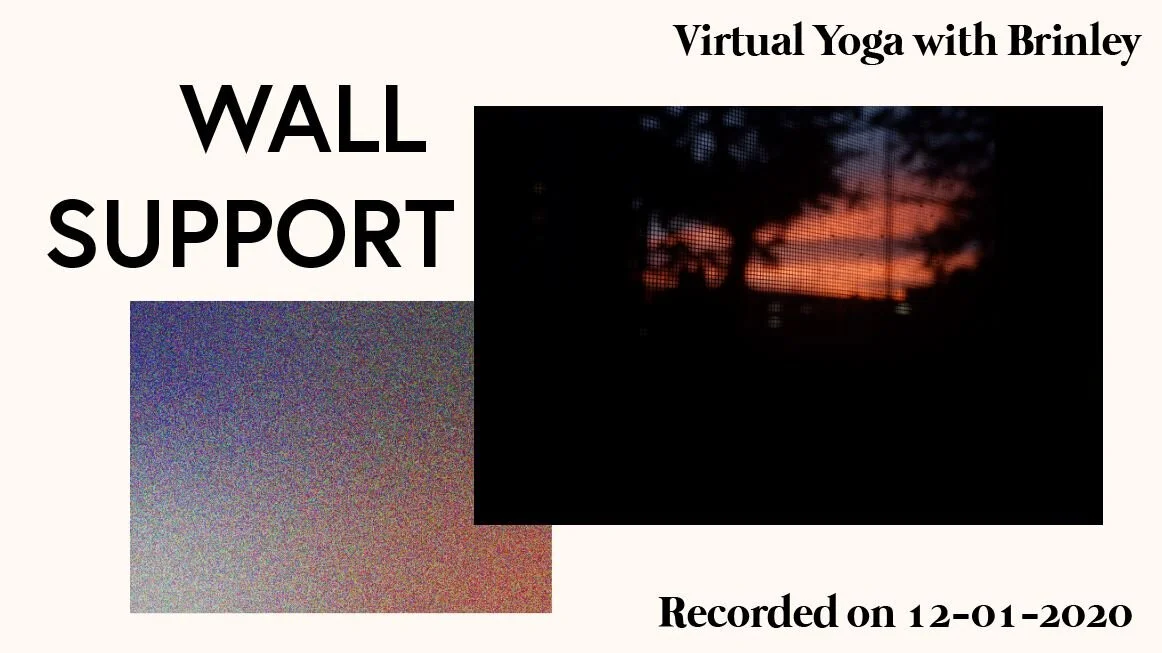
In this class, we're going to embrace the support of a prop that all of us have: the wall! Using the wall, we can practice gentleness, balance, and feel more grounded knowing that we have something to lean on. Scoot your yoga mat up to a place where you can access an empty wall from head to toe—a door works well for this purpose, too, if you don't have much free wall space available.

In this class, our focus is centered around the sacral chakra, which is located around the hips and sacrum in the body. This center rules our emotions, creativity, and fluidity. Balancing it gives us the ability to be fluid in life, allowing things to come and go, and noticing the polarities and dualities of our existence.
Keep in mind that my instructions during class are suggestions—this is really your time to tune into your inner self and see what your body needs. If during this class, emotions arise while practicing in which you feel overwhelmed, step back and take it easy on yourself. I recommend checking out Overcoming Trauma Through Yoga, which includes detailed research and exercises to practice for both students and teachers, and The Body Keeps the Score by Bessel van der Kolk, if you want to learn more about how trauma is stored in the body, and how movement and mindfulness can help us process it.
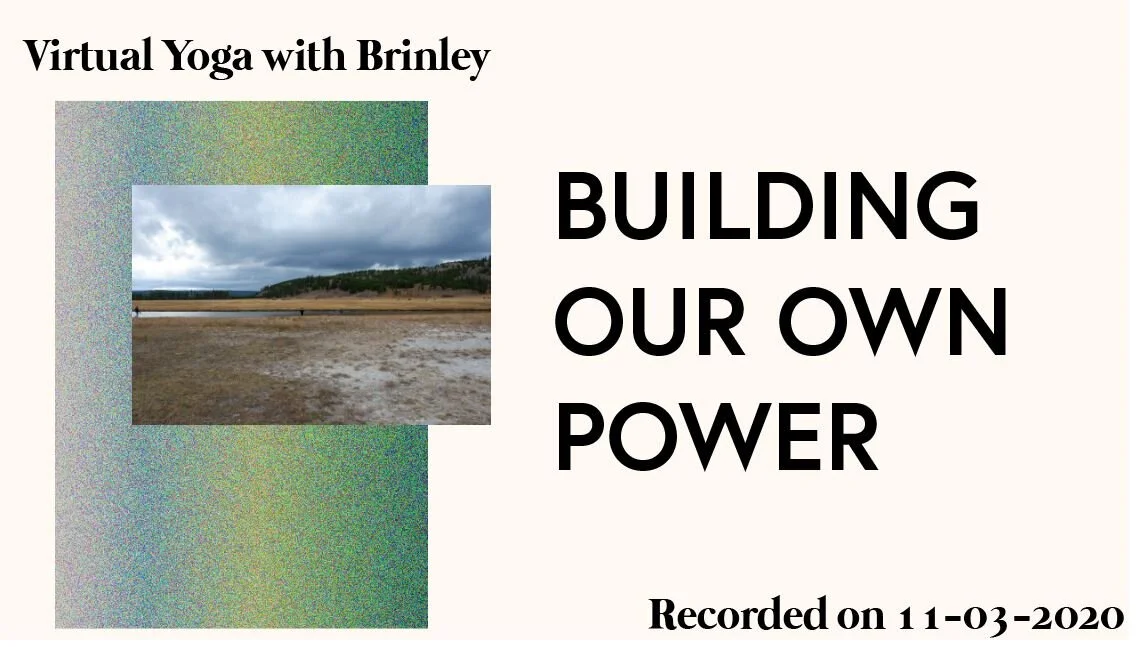
In this practice we're going to work on building our own power and regulating in a way that continues to strengthen our inner selves. This allows us to show up fully during challenging moments in our time outside of the mat.
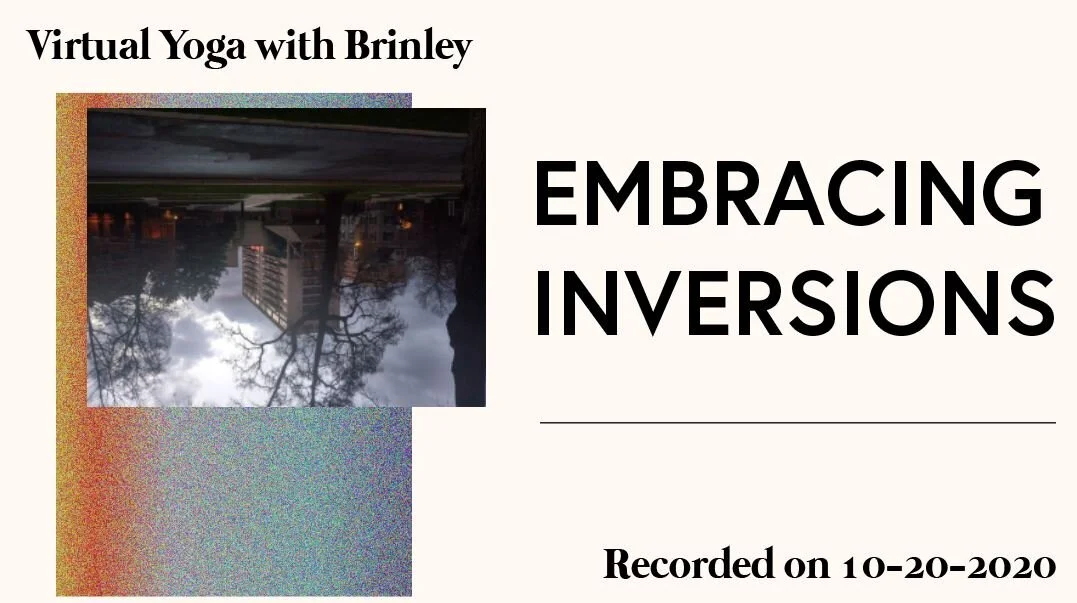
Practice changing your perspective by embracing what it's like to be upside-down 🙃. Inversions are any pose where your head is below your heart, such as forward fold or shoulder stand, where gravity can provide the brain with more oxygen and blood. This improves mental function, including concentration, memory and processing abilities.
We're going to practice in a safe way how to get up into headstands—or at least, how to set up to get there! Headstands were one of the most intimidating poses for me when I first started, but now it's my favorite pose to practice. It's a great way to reset my mind and embrace the playful side of my energy.
After doing some asana practice, toward the end of class we will move our mats to a wall where we will workshop how to set up and safely lift off. Be sure you have a good spot where you can practice kicking your feet up.
